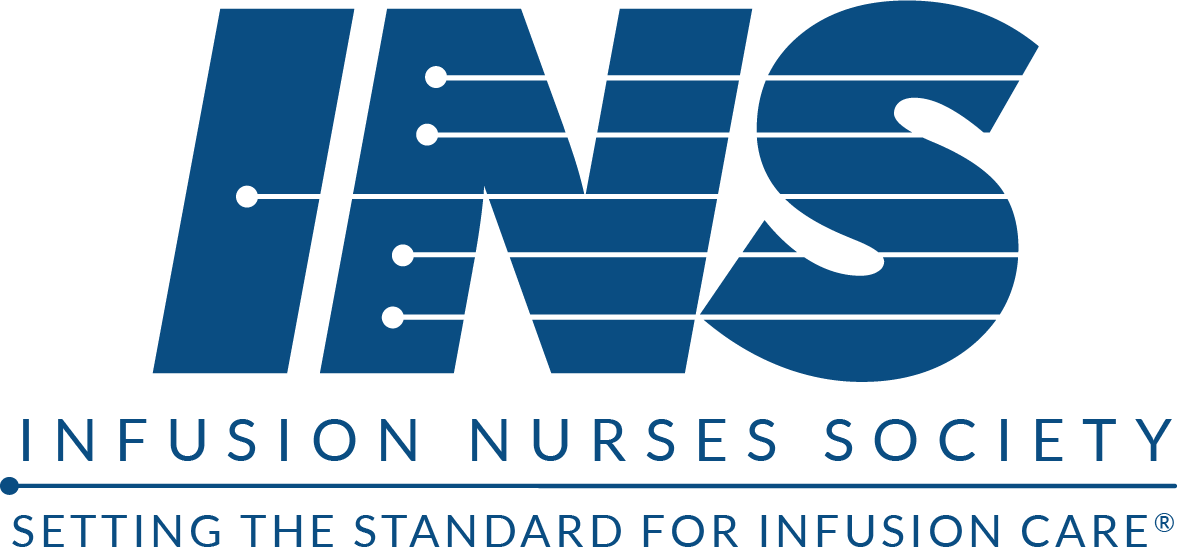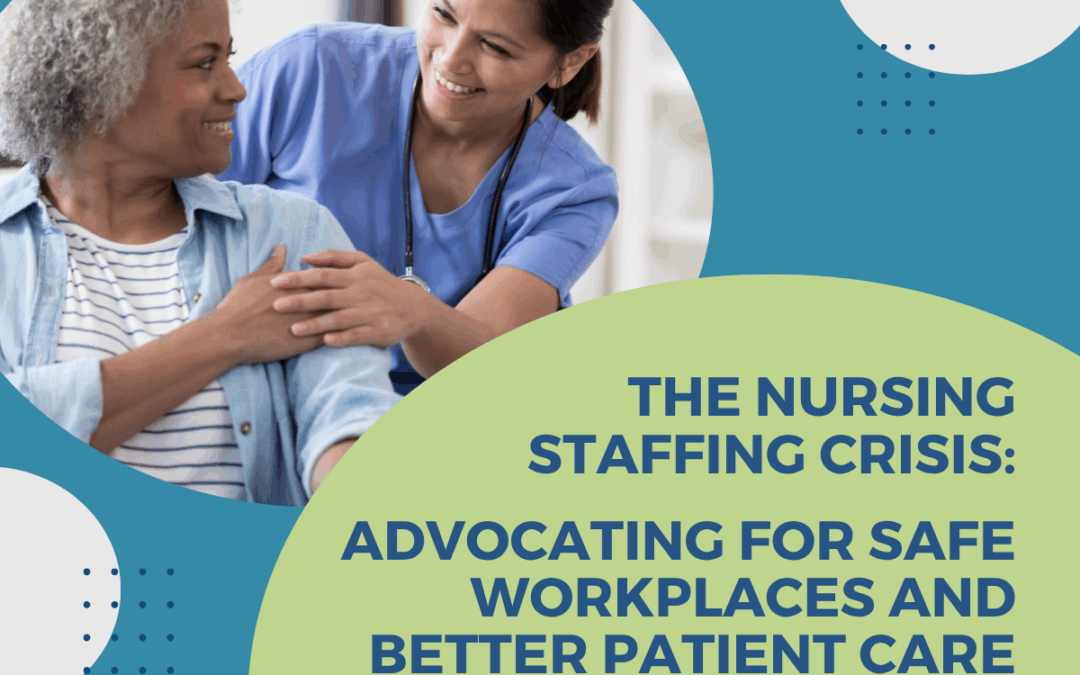As someone who has served on four nonprofit healthcare boards, I’ve seen firsthand how staffing shortages impact both patient care and the nursing profession. The nursing workforce is in crisis, and we cannot afford to stay silent. Now is the time to advocate for meaningful staffing solutions that protect patients and ensure nurses can provide the care they were trained to deliver.
This article explores the pressing need for staffing statutes, the devastating consequences of inadequate staffing, and best practices for ensuring safe nurse-to-patient ratios—even in settings without mandated staffing laws. More importantly, it highlights why nursing advocacy is critical in shaping the future of our profession.
Let’s stand together and use our trusted voices to fight for a healthcare system that values and supports its nurses.
The nursing profession stands at a critical juncture. In 2025, the United States faces a projected 10% shortage of registered nurses, equating to approximately 350,540 unfilled positions (nightingale.edu). Texas, in particular, is grappling with a significant deficit, with a shortage of about 30,000 nurses as of 2022, a number expected to double by 2032 (cbsnews.com).
This escalating crisis demands immediate and concerted action to ensure the delivery of safe and effective patient care. As Nurses in leadership roles this will greatly impact your workforce and have you scrambling for alternative solutions to meet the demands.
The Impact of COVID-19 on Nurse Staffing
Prior to the COVID-19 pandemic, efforts were underway to improve staffing policies through collaboration between nursing staff and hospital administrators. However, the pandemic disrupted these advancements, placing unprecedented demands on nurses who worked tirelessly to meet the surge in patient care needs. In the aftermath, many healthcare facilities have struggled to return to pre-pandemic staffing standards, adversely affecting patient safety and care quality.
Consequences of Insufficient Staffing
Inadequate nurse staffing has far-reaching implications, including:
- Worsened Patient Outcomes: Insufficient staffing levels are associated with increased patient mortality and complications (nationalnursesunited.org).
- High Nursing Turnover: Overworked nurses are more likely to experience burnout, leading to higher turnover rates.
- Decline in Nursing Entrants: Perceived poor working conditions deter prospective students from pursuing nursing careers, exacerbating the shortage.
Advocating for Staffing Statutes
To address these challenges, it is imperative to advocate for effective staffing statutes. While mandated nurse-to-patient ratios have been implemented in some regions, they are not a one-size-fits-all solution. The American Organization for Nursing Leadership (AONL) argues that mandated staffing does not create more nurses or guarantee improvements in safety, patient outcomes, or ensure a positive practice environment (aonl.org). Instead, alternative approaches, such as staffing committee laws and public reporting, have been explored, though studies suggest these may have limited impact without further strengthening (pmc.ncbi.nlm.nih.gov).
Best Practices for Staffing Without Mandated Ratios
In settings without mandated staffing ratios, especially outpatient or alternative healthcare environments, the following best practices can be implemented:
- Flexible Staffing Plans: Develop adaptable staffing strategies that respond to real-time patient demand, ensuring sufficient baseline staffing to accommodate fluctuations.
- Leveraging Technology: Utilize health information technology systems, such as hospital operations dashboards and acuity-based staffing solutions, to anticipate demand and balance resources effectively.
- Professional Development: Invest in continuous training and development programs to enhance nurse retention and job satisfaction.
- Collaborative Governance: Engage nursing staff in decision-making processes to create staffing plans that reflect frontline insights and promote a sense of ownership.
The Power of Nursing Advocacy
Nurses are consistently ranked among the most trusted professionals, a reputation that carries significant influence. By leveraging this trust, nurses can advocate for policies and practices that ensure safe staffing and optimal patient care. Engaging with state nursing associations, participating in policy discussions, and educating the public about the importance of adequate staffing are crucial steps in driving systemic change.
Conclusion
The nursing shortage is a multifaceted crisis that requires innovative and collaborative solutions. By advocating for effective staffing statutes, implementing best practices, and harnessing the power of nursing advocacy, we can navigate these challenges and build a resilient healthcare system that ensures quality care for all.
Danielle Jenkins, MBA, BSN, RN, CRNI
References
- Nursing Shortage: 2025 US Statistics by State – Nightingale College.
- Texas nursing shortage leaves thousands of positions unfilled – CBS News.
- AONL explains why mandated staffing ratios are not the answer.
- Alternative Approaches to Ensuring Adequate Nurse Staffing.
- Beyond ratios – flexible and resilient nurse staffing options to deliver.
- Nursing shortage – Wikipedia.







